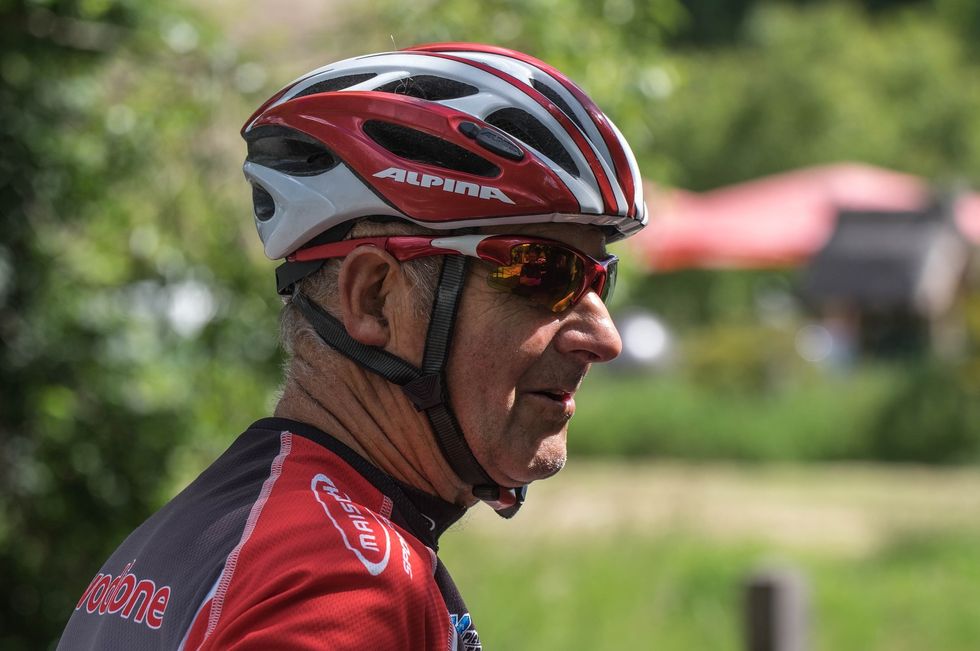Physicians continually emphasize the importance of physical activity for senior adults. Today, the aging population lives a more prolonged life, and they're not settling for a quiet retirement. Instead, many older adults choose to use their Golden years to follow their passions.
In 2016, the senior population accounted for over 15% of the U.S. population – and the demographic is expanding rapidly. Many of those seniors – determined to stay active – hit the gym for the first time.
It's always a great time for physical activity, and a growing number of seniors agree. As a result, many retirees are getting involved in activities that are traditionally dominated by their younger peers.
Easing Into a Routine
Older adults succumb to injuries more quickly compared to younger athletes. Resultantly, active seniors must practice and prepare for physical activity to avoid injuries.
The top reason for increased sports-related injuries among older adults is that their physical flexibility has diminished. Since older adults have decreased flexibility, warming-up and stretching are especially crucial for active members of the senior population.
For seniors who choose a sport and stick with it, they must condition their bodies over time. Also, seniors must use the proper equipment for their sport of choice.
Injuries may differ depending on the sport as well as an individual's physical condition. Accordingly, seniors need to assess the type of injuries most likely to occur while participating in their favorite sport or activity and take measures to avoid them. Typical sports-related injuries among older adults include:
- Bone fractures
- Joint dislocation
- Ligament tears
- Muscle strain
- Sprains
- Tendon tears
Active seniors also face the same risks as younger amateur athletes. For example, inadequate training can contribute to bad habits, which can lead to injuries.
The Age of the Super Senior
The age of the super senior is upon us. The population is growing older and living longer. The average life expectancy is 76 for men and 81 for women. As researchers make new and exciting discoveries, life expectancy will continue to rise.
Today, one in seven adults are over 80, and the fastest-growing population is seniors over the age of 100. Many modern seniors aren't satisfied with the idea of quiet retirement. Now, it's not uncommon to see headlines that tell stories of seniors who're running marathons, going to college and even racing sports cars!
It's never too late to start the journey of living an active and healthy lifestyle. There are quite a few super seniors who agree. For instance, Harriette Thompson ran her first marathon at the young age of 76. Today, Hank Brunjes continues to perform 200 Broadway shows a year well past the age of 80.
In Hollywood, former Wonder Woman stunt woman Jeannie Epper continues to wow viewers past the age of 70, and in Florida, Francis Woofenden has racked up 100 medals over her eight decades, although she didn't start waterskiing until she turned 50.
Slow Down There Tiger (or Tigress)!
Modern super seniors are a great example of what may soon become a new norm for retirees. However, seniors must take care of their bodies. Well before the Golden years arrive, adults should put the "no pain, no gain" mentality to rest.
As we grow older, our minds may feel forever young – our bodies, however, not so much. Your brain may tell you that you feel like you're still 21, but your body will bring you back to reality quickly.
Even well-trained athletes in the best shape of their lives are prone to injuries in contact sports. For older adults, however, the consequences of injuries are much more severe.
Seniors should always warm-up before physical activity. However, cooldown exercises are equally as important for aging athletes. Also, older athletes should take care not to overuse their muscles.
With some sports, overexertion is unavoidable. In these cases, proper form and execution are vital in helping seniors maintain their physical well-being.
For instance, older athletes should avoid fast transitions to high levels of physical activity. Instead, it's much easier on the body to gradually increase physical activity.
Also, the right gear is especially crucial for senior athletes. As an example, shoes that fit well and are designed for a particular sport provide stability and prevent lower limb injuries.
Most importantly, older athletes must learn their limits. Senior athletes should listen to their bodies. When their body gets tired, it's time to take a break.
With some sports, injuries are inevitable. Most injuries are minor and easily treated. The important thing, however, is to take care of injuries immediately.
Senior athletes should never ignore injuries. For older adults, the days of "walking it off" are long gone. A neglected minor injury can turn into something much more severe, so it's better to take care of it right away.
A New Definition of Modern Retirement
Today, growing older doesn't mean slowing down. A growing number of seniors are redefining the cultural norms of physical activity.
More seniors choose to follow their passions with their newfound free time. An increasing number of adults in their Golden years run marathons, entertain and participate in activities that would give their younger counterparts a run for their money.
Older adults must pay closer attention to their health compared to younger athletes. Nevertheless, they can still enjoy the thrill of competition and physical activity.



 StableDiffusion
StableDiffusion StableDiffusion
StableDiffusion StableDiffusion
StableDiffusion Photo by
Photo by  Photo by
Photo by  Photo by
Photo by 
 Photo by
Photo by  Photo by
Photo by  Photo by
Photo by  Photo by
Photo by  Photo by
Photo by 












